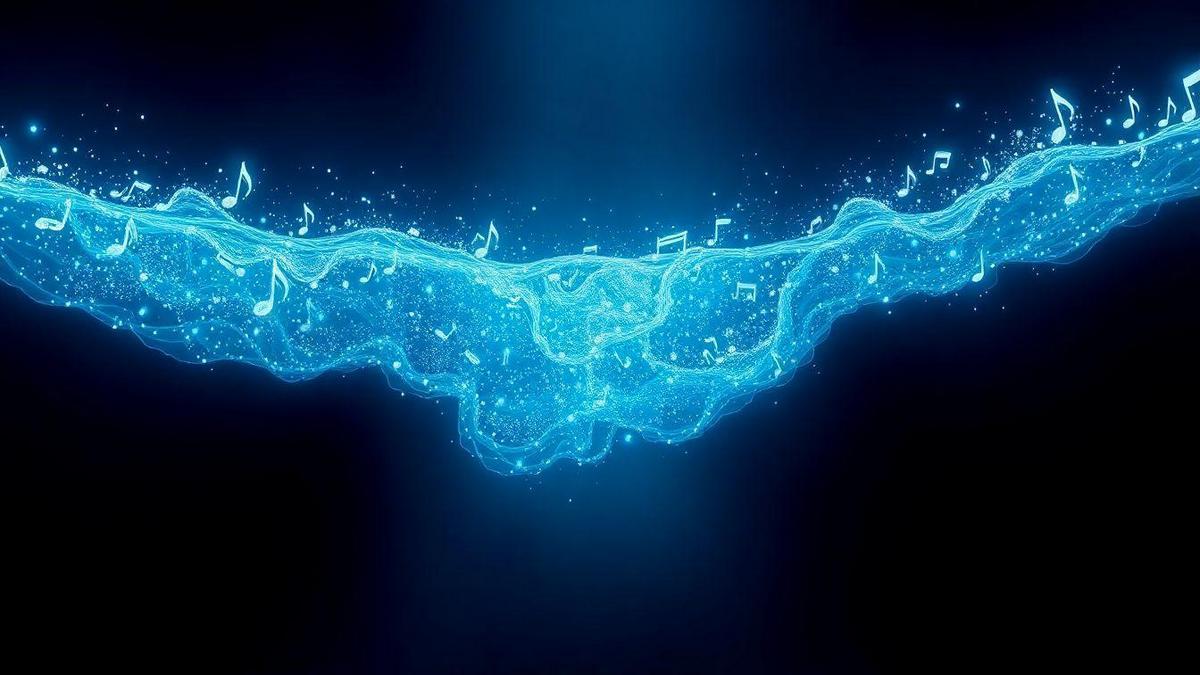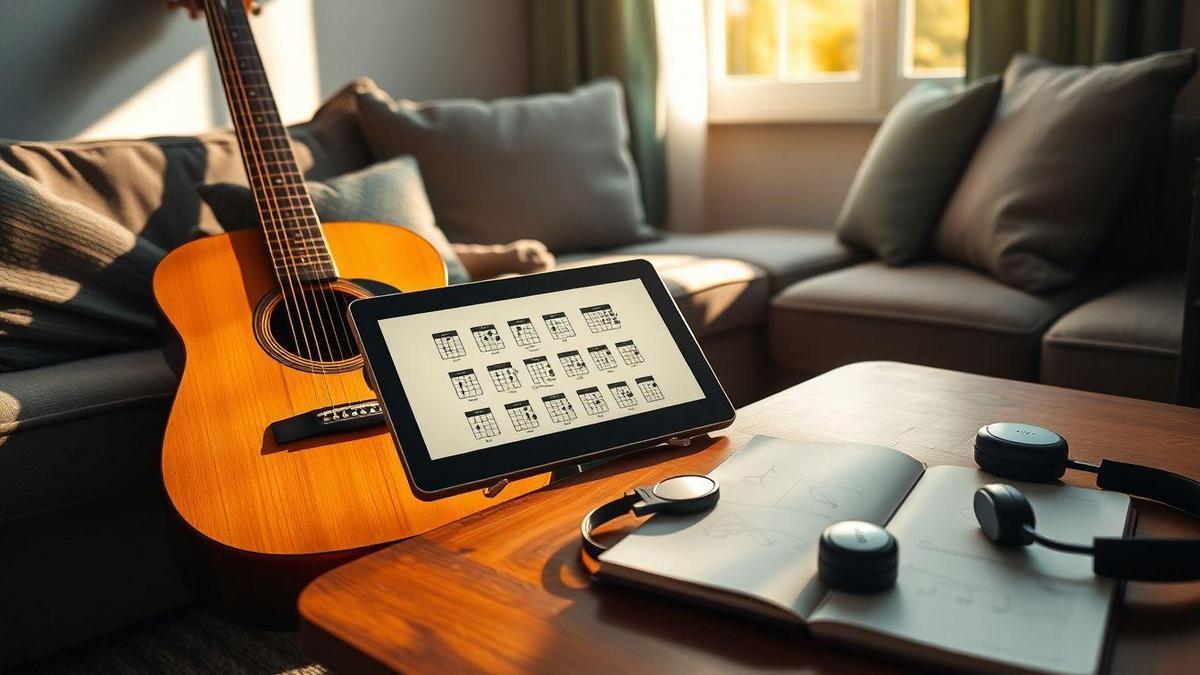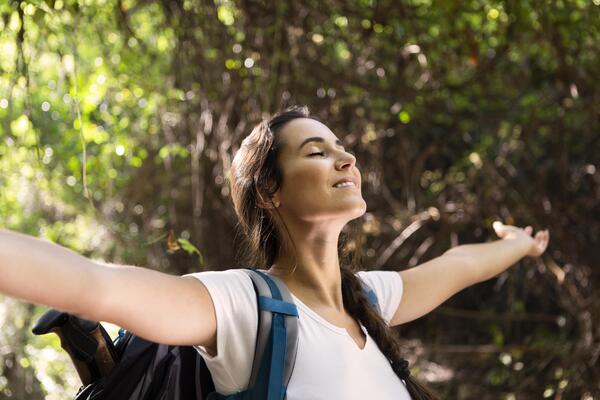Key Takeaway
- I use public domain music so I don’t pay royalties.
- I choose CC0 or Creative Commons tracks that allow reuse.
- I buy a clear royalty-free license and save the proof.
- I make my own music or hire someone and get the rights.
- I read platform rules to confirm my use is allowed.
How I use music legally: Como usar música sem pagar royalties legalmente
I treat music like a rented suit: check the fit, read the receipt, and don’t keep it longer than allowed. Sometimes I buy a license, sometimes I use public-domain or CC0 tracks, and sometimes I create or commission original music. Bad choices lead to strikes, takedowns, or angry emails—so I keep things simple and practical.
What royalty-free, rights-managed, and licensing mean
- Royalty-free: one payment (or free) lets you use a track without paying per play. It often has limits—read them.
- Rights-managed: license is specific (where, how long, how many viewers); price varies and can include exclusivity.
- Licensing types: sync (music in video), mechanical (reproducing a recording), public performance (plays in public spaces). Read the license before upload.
Public domain, commercial use, and simple rules
- Public domain: composition may be free, but a new recording can still be copyrighted—verify both.
- Commercial use: any revenue, ads, sponsorships, or product promotion counts. Don’t assume free equals free for business.
- Rules I follow: read the license, prefer CC0 for worry-free use, follow attribution rules for CC-BY, avoid CC-BY-NC for monetized projects, and get written permission when unsure.
Quick legal checklist
- Check the license before downloading; if vague, don’t use it.
- Verify commercial-use allowance and attribution requirements.
- Confirm composition vs recording copyright.
- For covers, clear sync/mechanical rights or use clearing services.
- Save receipts, emails, license screenshots in one folder.
- Use reputable libraries to save time and risk.
- If negotiating, get written terms and watch for limits (views, platforms, geography).
How I find free tracks: banco de músicas royalty-free grátis and onde baixar música sem royalties grátis
I treat music search like treasure hunting: define mood, length, and commercial-use needs first. I search in both Portuguese and English—queries like banco de músicas royalty-free grátis, onde baixar música sem royalties grátis, and Como usar música sem pagar royalties help me find local and global libraries. Always read the license before downloading.
Safe sites for música royalty-free para YouTube and músicas sem copyright para vídeos
- YouTube Audio Library — quick and YouTube-friendly.
- Free Music Archive and ccMixter — varied selections.
- Incompetech (Kevin MacLeod) — cinematic/background staples.
- Bensound and Jamendo — good free tiers for small projects.
- Musopen and Internet Archive — public-domain and CC0 material.
Always double-check each site’s license line.
Simple search tips to filter by license, format, and use
- Filter for CC0 or Creative Commons that allow commercial use.
- Use site filters for commercial use and format (MP3/WAV) and duration.
- Add search terms like CC0 site:freemusicarchive.org if filters are lacking.
- Search instrumental when you need no vocals.
- If unclear, message the creator.
Download and file-naming tip
Create a project folder and name files: ProjectTrackArtistLicenseYYYYMMDD.mp3. Save a tiny text file with license link and attribution text. This makes proof easy if a platform asks.
How I use Creative Commons music: licenças Creative Commons música — como usar
If you ask Como usar música sem pagar royalties, my short answer: pick the right CC license, credit the artist when required, and note any edits.
Which CC licenses allow commercial use and edits
- CC0 — public domain: use, edit, monetize; credit is optional but polite.
- CC BY — commercial use and edits allowed; credit required.
- CC BY-SA — commercial and edits allowed; derivative must carry same license.
- CC BY-ND — commercial allowed but no edits.
- CC BY-NC / NC variants — no commercial use; avoid for monetized work.
I once trimmed a CC BY-ND track and got a takedown—now I always check before editing.
How to give correct attribution
Put attribution where viewers can see it (video description, episode notes, near a web player). My checklist: song title, artist, license name and link, source link, and note any edits. Copy the official license link from the Creative Commons site.
Attribution example:
“Sunrise Groove” — Alex Beat (CC BY 4.0) — https://creativecommons.org/licenses/by/4.0/
Source: https://example.com/sunrise-groove
Changes: trimmed intro, looped ending
How I work with public domain and archive music: música domínio público para uso comercial
Public domain can be a goldmine if you verify both composition and recording. A Beethoven composition may be PD, but a 1950s studio recording of it might still be copyrighted.
Verifying public domain status and trusted archives
Check:
- Composer death date and applicable term lengths (often life 70).
- Publication date and country of first publication.
- Clear rights statements on the hosting page (Public Domain, CC0).
- Evidence that the recording itself is PD or permissively licensed.
Trusted sources:
- Internet Archive
- IMSLP
- Musopen
- Library of Congress
- British Library Sounds
- Wikimedia Commons
Treat the source statement as your receipt: screenshot the page, copy license text, note date and URL. If no clear statement exists, don’t use it.
How I add music to videos safely: música royalty-free para YouTube and trilhas sonoras sem royalties para vídeos
I pick music like ingredients for a meal—flavorful but safe. I download from trusted sites, save proof, and test as an Unlisted upload before publishing.
Content ID basics and avoiding false claims
Content ID matches your audio/video against a database and can block, monetize, or track. To avoid false claims:
- Check the music provider’s Content ID policy.
- Keep written proof (license PDF or email).
- Prefer YouTube Audio Library or marketplaces that promise claim-free tracks.
If a claim appears, submit proof, or contact the rights holder calmly and clearly.
Editing and credit tips
Don’t try to hide a song by pitching or chopping—Content ID often still detects it and quality suffers. Allowed edits: trim, fade, use instrumental versions if permitted. Mix levels so speech remains clear. Always add a clear credit in the description with track title, artist, license, and link.
My YouTube license check
- Read the license line by line.
- Confirm Content ID status.
- Save invoice and license link.
- Upload Unlisted to test claims.
- Add credit and license link in the description.
- Keep music seller contact info for disputes.
If a seller offers a claim release, get it in writing.
How I organize and protect my music use: Como usar música sem pagar royalties and usar música sem pagar royalties facilmente
I treat permissions like a passport—no proof, no travel. When thinking Como usar música sem pagar royalties, focus on practical, repeatable steps.
Keeping licenses, receipts, and timestamps
Save every receipt and license in one folder with consistent filenames. Screenshot checkout pages, save license text as PDF, and log song, source, license type, and date in a quick note. Back up to cloud storage. Proof resolves issues fast.
When to buy a license versus using free tracks or public domain
Ask: Will I make money? Is exclusivity important? If yes to either, buy a license. Paid licenses reduce risk and often offer higher quality. For casual social posts, free or PD tracks often suffice after verification.
Quick daily workflow
Preview, decide, and document. If buying, download license PDF and invoice, rename files with project tag. If free, screenshot the source page and save URL. One-line log per track: song | source | license | date.
FAQ — Como usar música sem pagar royalties
- Q: Can I monetize videos with CC-BY music?
A: Yes, if you provide the required attribution exactly as the license specifies.
- Q: Can I edit a CC-BY-ND track?
A: No. ND (NoDerivatives) forbids edits; use a license that permits derivatives or get permission.
- Q: Is public domain always safe to use commercially?
A: Only if both composition and recording are clearly in the public domain or released under CC0—verify and document.
Conclusion
Music is a tool, not a trap. To answer Como usar música sem pagar royalties: choose CC0 or clear royalty-free tracks, buy licenses when money or exclusivity is involved, and verify public-domain recordings carefully. Read licenses line by line, save proof (screenshots, PDFs, invoices), give credit when required, and test uploads as Unlisted to catch Content ID issues. These simple, consistent steps save takedowns and headaches.
Play smart, document everything, and you’ll sleep easier. For more practical tips and examples, visit https://sambizangamusik.com — there’s always another trick or two to add to the toolbox.














